-
×
 BUZZ Click
1 × R115.00
BUZZ Click
1 × R115.00 -
×
 ccRF2 Click
1 × R800.00
ccRF2 Click
1 × R800.00 -
×
 RTC Click
1 × R390.00
RTC Click
1 × R390.00 -
×
 GSM/GNSS Click
1 × R1,700.00
GSM/GNSS Click
1 × R1,700.00 -
×
 WiFi Plus Click
1 × R2,250.00
WiFi Plus Click
1 × R2,250.00 -
×
 Accel Click
1 × R355.00
Accel Click
1 × R355.00 -
×
 3D Motion Click
1 × R1,050.00
3D Motion Click
1 × R1,050.00 -
×
 DIGI POT Click
1 × R370.00
DIGI POT Click
1 × R370.00
Subtotal: R7,030.00

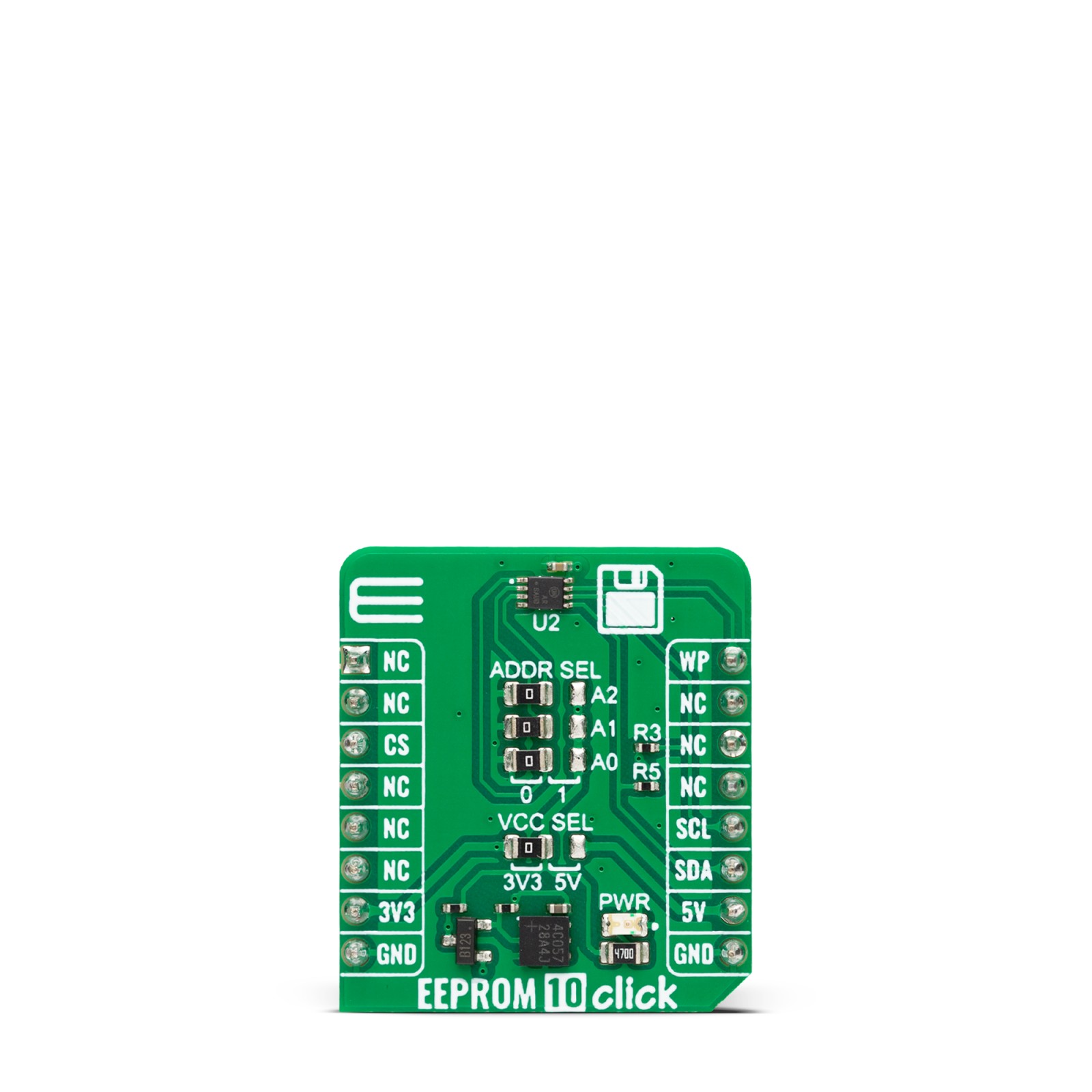
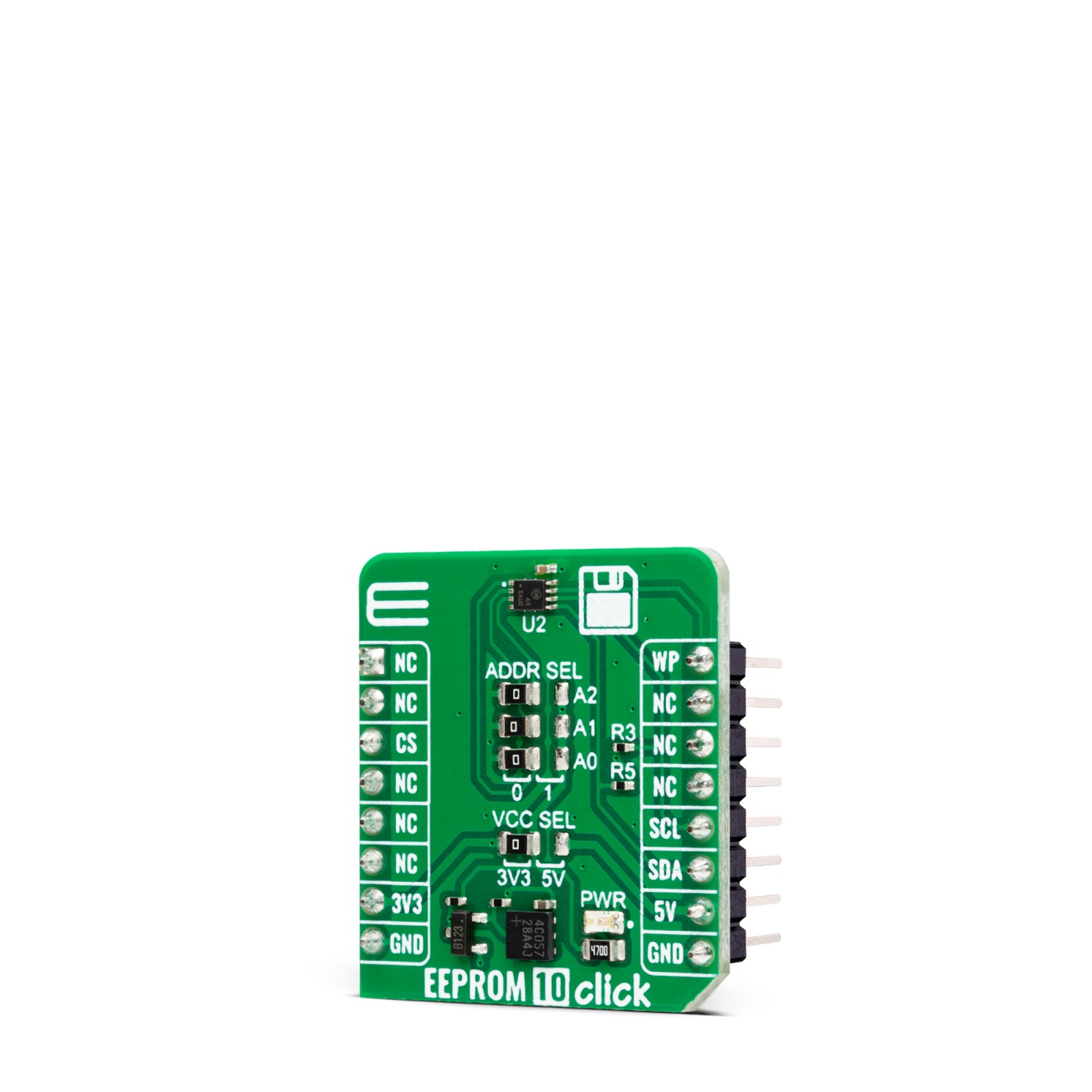
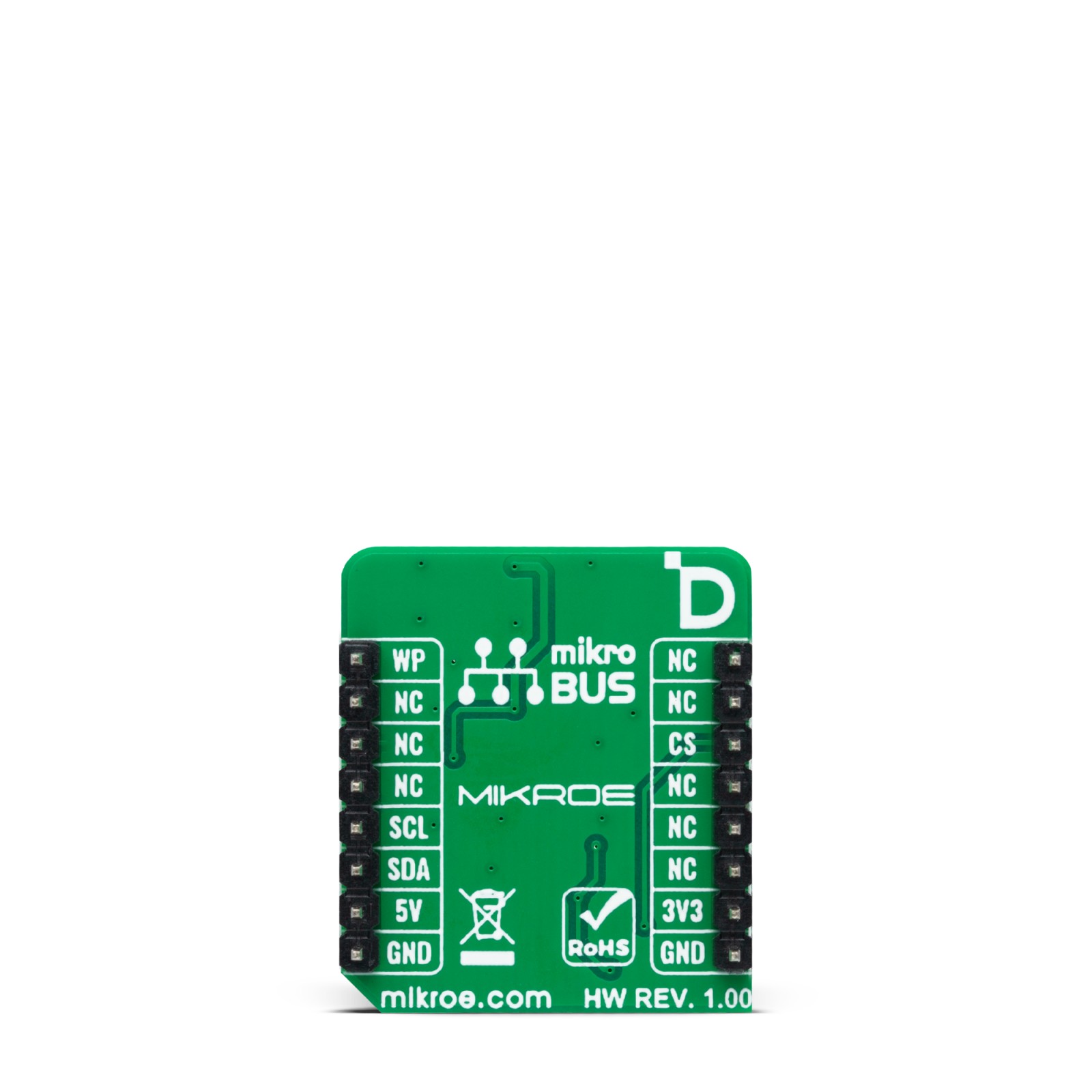
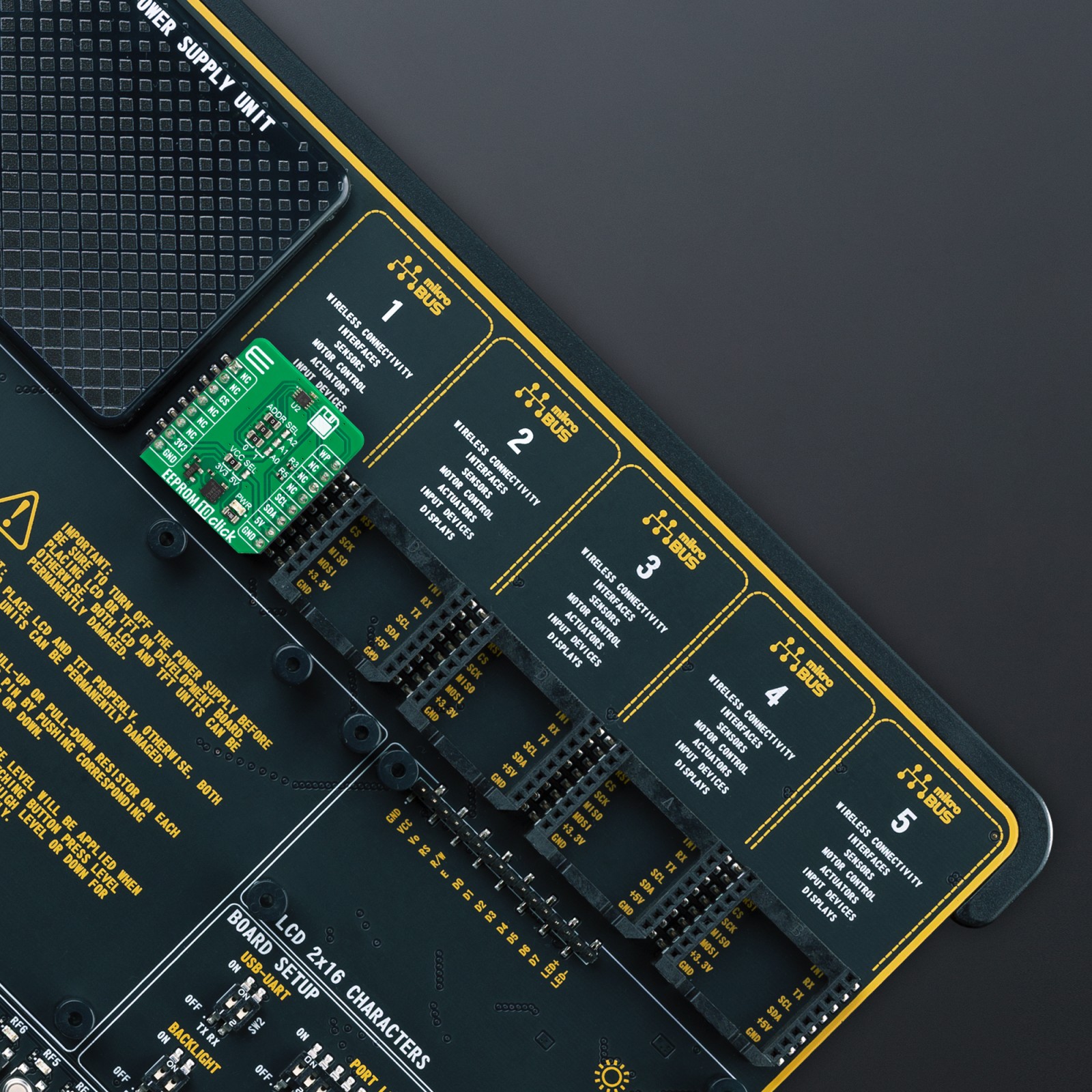
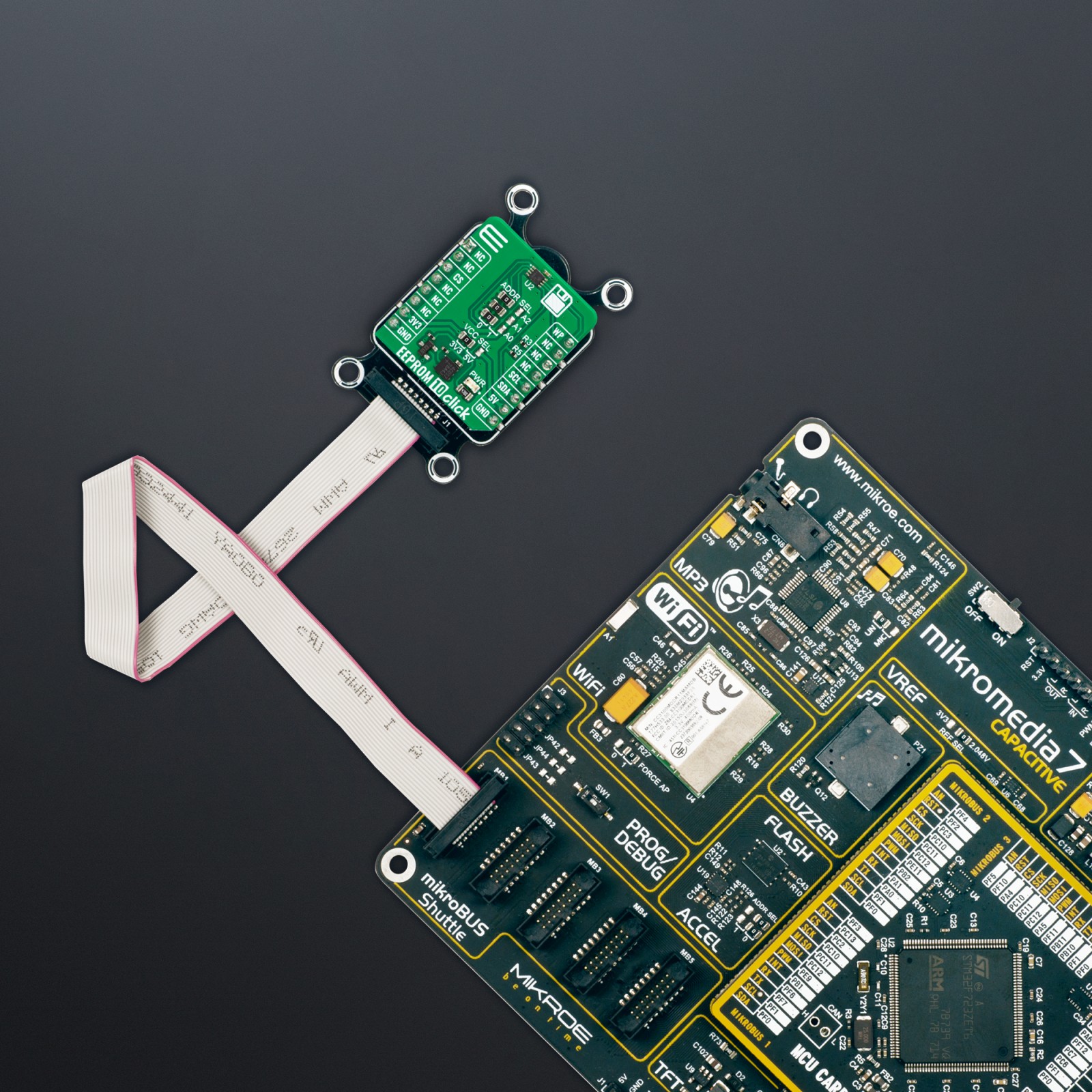
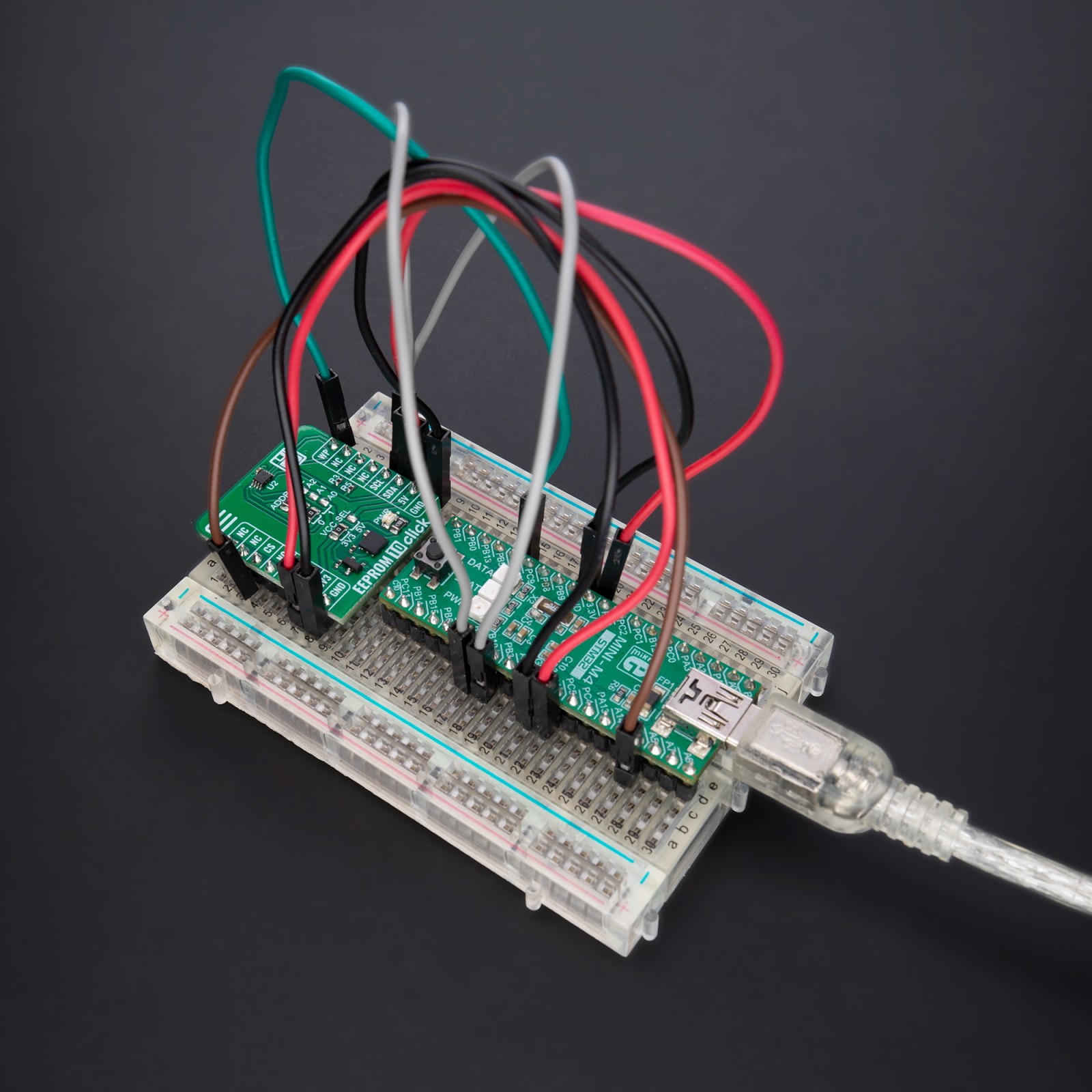


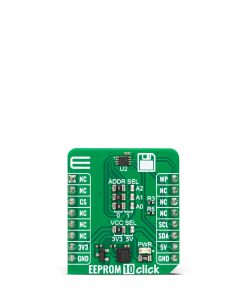

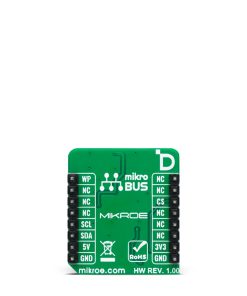

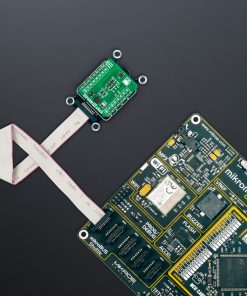

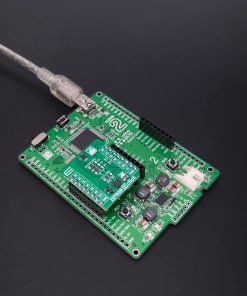
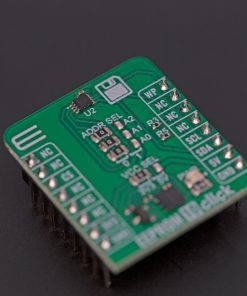
.jpg)






